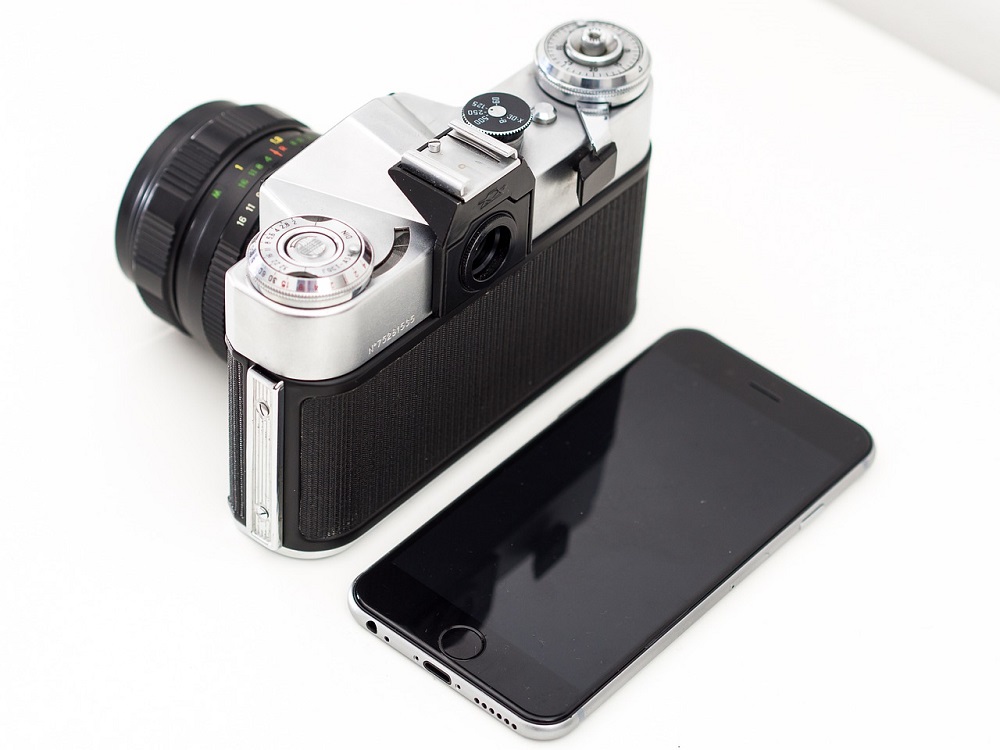By Bolaji Ojo, Global Editor-in-Chief & GM, EMEA
Someday, your smartphone will be history. In a span of less than two decades, the smartphone — ubiquitous today — absorbed the functionalities of devices like electronic pagers, organizers, music players, wristwatches, cameras, and GPS navigation equipment, either hastening the demise of some of these products or sharply curtailing their continued use as standalone devices. Smartphones ended the era of camera films, reducing it — like the gramophone — to a world solely inhabited by aficionados fondly rekindling memories that younger generations associate more with dinosaurs.
In time, the smartphone itself will fade away, tucked away in attics and landfills, replaced by one or more new devices that someone is currently designing or is still dormant in another person’s imagination. It might be replaced with a foldable, ultra-thin device, one that can be conveniently folded into a front pocket. Or it could be as small as a 2-inch-long USB device, hung around a keychain (if keys haven’t disappeared themselves) and projectable to any flat surface to watch crisp video images downloaded in seconds from servers thousands of miles away.
Instructions for calls, video telephony, messaging, information, and data requests — the nearest Indian restaurant, for example — could be spoken by the user and transmitted to the device via button-sized microphones discreetly pinned to coat lapels or shirt sleeves. I know you love your smartphone, but to some of us, the technology is already so yesterday. We don’t know what will replace smartphones, but we imagine that it could be a variety of other hardware devices that aren’t hard, rectangular things that force us to peck away irritatingly at tiny images on a scratchy screen.

Image source: Pixabay.
When that day comes, you should thank hardware design engineers. They laid the foundation for that world of connected devices exploding around us. For the added functionalities on smartphones that put an end to tedious visits to deposit bank checks, pay bills, purchase airline tickets, and order a new pair of shoes or Joe’s Oven Pizza — those millions of apps — let’s add software engineers to the list of people to whom smartphone users should extend their gratitude. By exploiting the power and processing speed of smartphones, software engineers added services that a rotary phone user from the 1960s would have imagined impossible.
Software is ascendant. That’s clear. It is not just in smartphones that software engineering has triumphed. In the services sector, manufacturing, and industrial applications, companies are relying more on software to monitor and collate vital operational information. Software has helped enterprises reduce cost, improve profitability, and increase visibility into demand and supply conditions. Even electronic component suppliers have increased the number of native software applications that they inject into their products before shipping these to sub-assemblers and end-equipment manufacturers. This development has resulted in a sharp increase in the number of software engineers being added to the workforce at semiconductor companies and design firms.
“We are developing solutions rather than just selling components,” an executive at a U.S.-based semiconductor company told me recently. “All of the things we do today revolve around solutions. We develop software for programmable products, build subsystems and modules, and make changes to products at the end-customer level, which means getting involved with our customers’ customers.”
And hardware? They haven’t quite gone away; manufacturers are still shipping them by the hundreds of millions. In fact, technology developments have assured that hardware electronics will become even more important in every segment of the economy, including in areas dominated by mechanical products. The explosion of connectivity has exponentially increased the number of electronic components used in a widening range of products. High-end cars have more sensors today than many of the highly sophisticated military equipment from 30 years ago. The sensors measure, collect information, and control functions that human drivers were obliged to learn about years ago.
That interplay of hardware and software is the hallmark of the data age. Hardware dominated the electronics industry in its first phase, but now, software has emerged as the second phase of the industry’s evolution. But this doesn’t mean one can exist without the other. Together, they will pave the way for that device in my imagination that will replace our smartphones. And whatever comes next.
Advertisement
Learn more about Electronic Products Magazine





